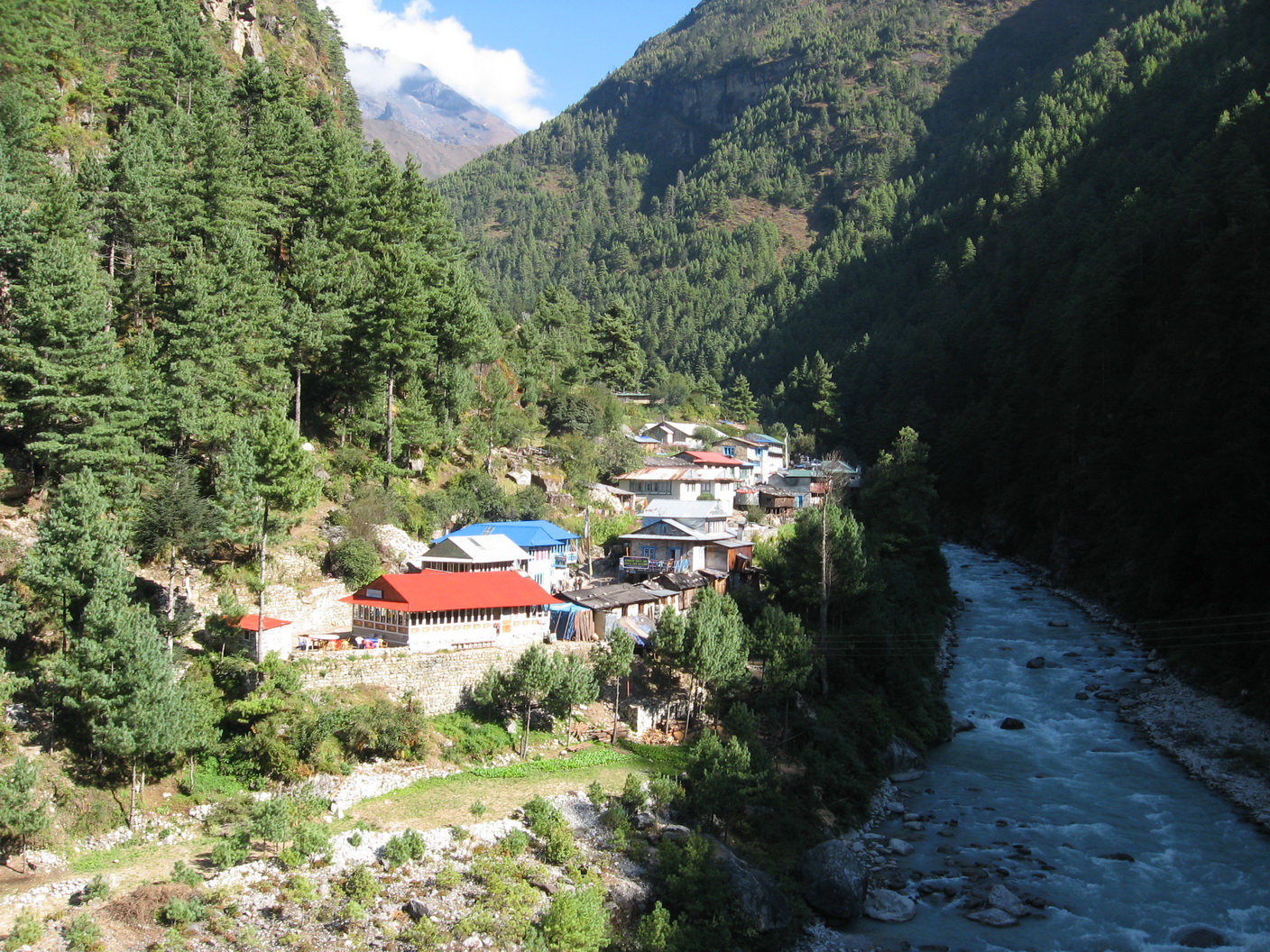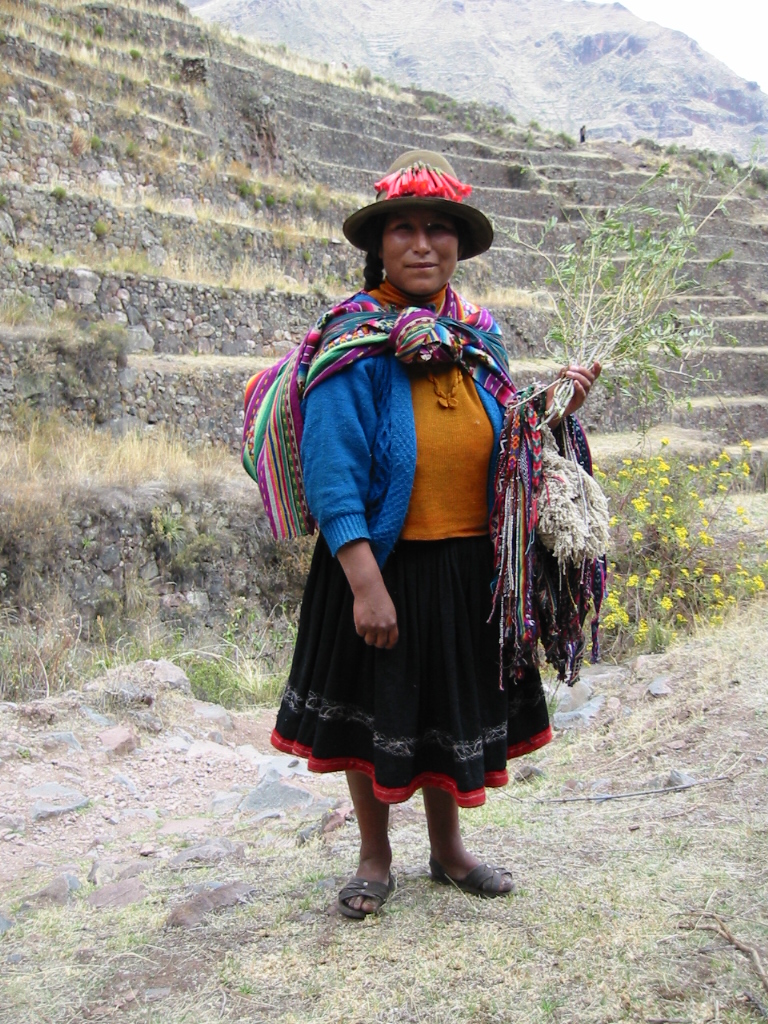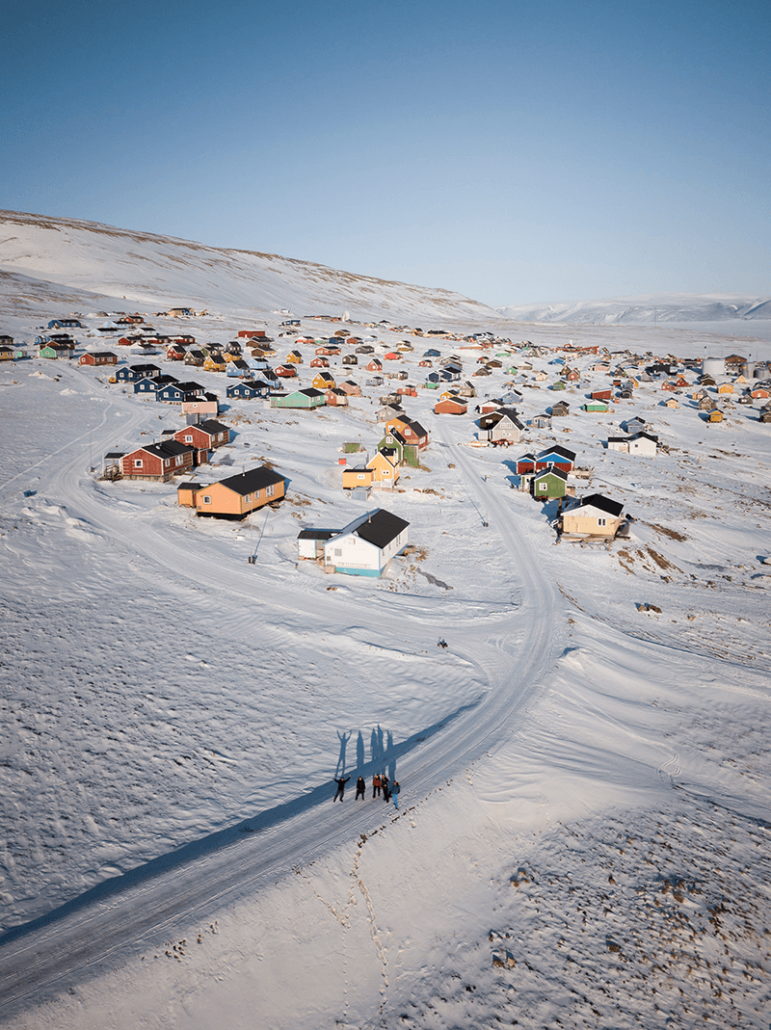Jorsale Village, Nepal
Jorsale Village, located at an altitude of 2,740m in the Himalayan mountain range, serves as a vital stop for travelers heading to Mount Everest. This village, like many in Nepal, is home to indigenous communities that hold the mountains sacred in their religions, namely Buddhism. The people here rely on animal husbandry, including sheep, goat, and yak herding, for their livelihoods, providing essentials like clothing, food, and fuel. Forestry, trade, and tourism also play significant roles in their economy.
Jorsale Village also faces significant challenges. Climate change poses a severe threat to the region, causing unpredictable weather patterns, glacial melt, and increased risk of natural disasters like landslides and floods. These changes threaten the traditional ways of life and the economic stability of the village. Additionally, the economic reliance on tourism can be precarious, as fluctuations in visitor numbers due to global events or environmental factors can lead to financial instability for many families.
Image source: Alexander Fiebrandt


